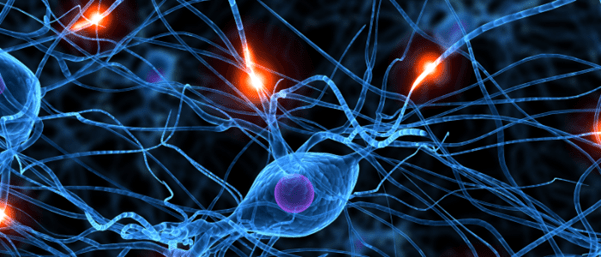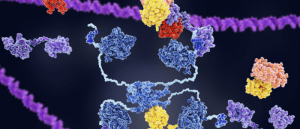Bringing CRISPR closer to therapeutic use for brain disorders

A safe and efficient method of successfully inducing genome editing in vivo in functional brain tissue has been demonstrated.
A team of researchers from the Innovation Center of NanoMedicine (Kawasaki, Japan) has successfully used nano-micelles for the delivery of CRISPR-Cas9 tools to the functional brain tissue of transgenic mice. The team believes this is the first report validating the delivery of CRISPR/Cas9 tools to brain parenchyma.
The potential use of CRISPR as a therapeutic is not a novel idea, however, the safe and efficient delivery of these tools to the location of target genes for editing remains a challenge.
DNA origami puts CRISPR enzymes in a twist
Researchers have developed a way to map the movements of CRISPR enzymes as they cut genetic sequences at an ultra-fast rate, using DNA origami.
The team created nano-micelles to contain the Cas-9-encoding mRNA and the gRNA, surrounding them with a protective shell of polyethylene glycol. They injected this formulation into the brains of transgenic mice, which expressed a red fluorescent protein upon successful target genome editing.
Interestingly, it was the combination of loading the mRNA and gRNA in the same nano-micelle that afforded stability to the smaller gRNA (100 bases compared to the mRNA’s 4500 bases) and achieved more efficient gene editing. When the mRNA and gRNA were packaged in separate nano-micelles, the gRNA was rapidly released and degraded.
The polyethylene glycol coating was also fount to enable greater diffusion of the nano-micelles in the brain tissue, therefore, providing a higher level of genome editing efficiency. This increase in efficiency brings the use of CRISPR as a therapeutic closer to becoming a practical reality.
The team demonstrated success in genome editing across a range of different brain cells, including neurons, astrocytes and microglia through fluorescence imaging. This research brings the goal of leveraging CRISPR tools in the treatment of genetic brain disorders, such as Huntington’s and Alzheimer’s, a step closer.
